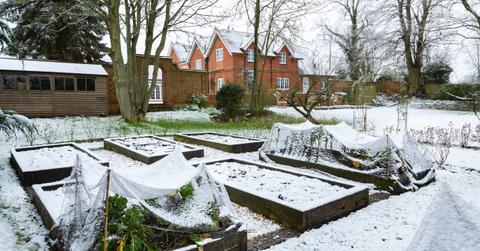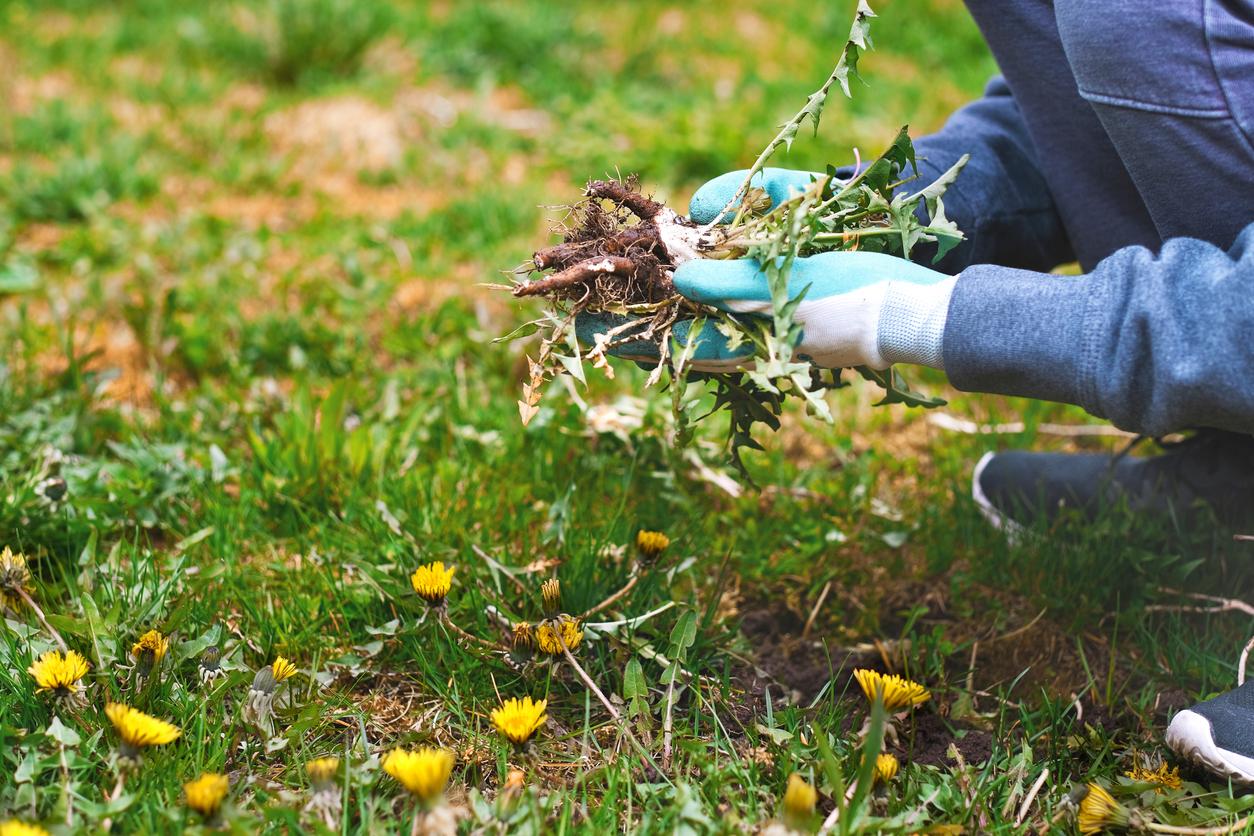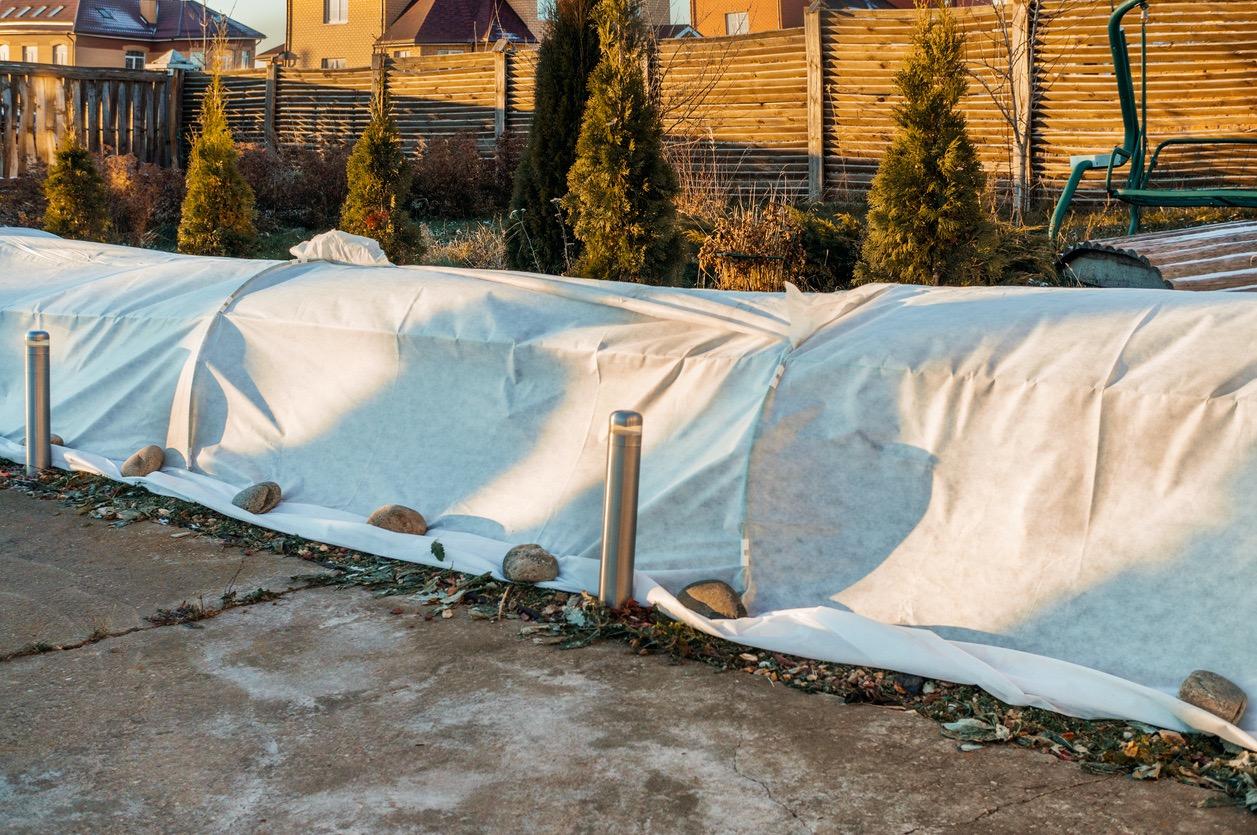Easy Things You Can Do to Winterize Your Garden This Fall
Published Oct. 27 2022, 10:46 a.m. ET

With winter quickly approaching, learning how to winterize your garden might be a good idea. Winterizing your garden doesn’t take long and can increase your plants' growth and harvest the following year.
There are a few simple things you can do this fall to help prepare your garden. If you set aside a day or two now, you’ll be able to enjoy all of your hard work next season!
Remove weeds and other debris.

Cleaning up weeds, old stems, and dead leaves before winter is necessary if you want to avoid pests and diseases, according to HGTV. If left during the winter, the debris can create the perfect breeding ground for unwanted creatures.
“Thorough cleanup, pulling plants and removing them to a distance can reduce overwintering opportunities for common opponents — that includes squash bugs; Brassica pests, such as various cabbageworm species; and cucumber and bean beetles,” according to The New York Times.
The article goes on to state that you don’t want to leave your soil completely bare; you should still keep the soil covered.
Add mulch for insulation.
Adding mulch is a great method for keeping your soil covered during the winter. You can use straw, grass clippings, leaves, wood chips, or compost.
According to The Oregonian, mulch creates a barrier between the soil and the air. This insulation protects the plant roots from sudden changes in soil temperature. If exposed to these fluctuations in temperature, plants could become damaged. Mulch also shields the soil from the compaction and erosion that could result from harsh winter weather.
The overall goal of mulching is to keep the ground at a steady temperature.
Water your plants.
Watering your garden before the ground freezes will help your plants tremendously.
According to Michigan State University, winter winds can cause extra water loss in plants. If these plants aren’t watered before the winter, they will not be able to replace what they’ve lost, which could cause plant tissue to die.
Cover your plants.

Some plants might need some extra protection against the cold weather. LawnStarter explains that you can use bedsheets, tablecloths, or landscape fabric as protection against frost and snow. When the frost or snow has passed, you can take the covering off so that your plants can get some sun and avoid overheating.
If you’re wanting to harvest some vegetables this winter, you can use a cold frame, row covers, garden quilt, or a mini-greenhouse.
Cold frames are particularly popular with winter gardeners. According to the University of Missouri, these frames keep plants safe from freezing temperatures and wind. It’s important to choose a site that provides as much sunlight as possible and little exposure to wind. Ventilation and watering are also key practices when it comes to taking care of cold frames.
Row covers and garden quilts are other great options for keeping your plants warm. Plastic row covers in particular are useful for keeping out unwanted pests, making it easier to take care of the plants, as explained by University of Illinois' Illinois Extension blog.
You can also make a plant cover out of a milk jug. As explained by Rural Sprout, simply cut the bottom of the jug off and there you go! This is a handy idea for those looking to save some money and use something they already have at home.